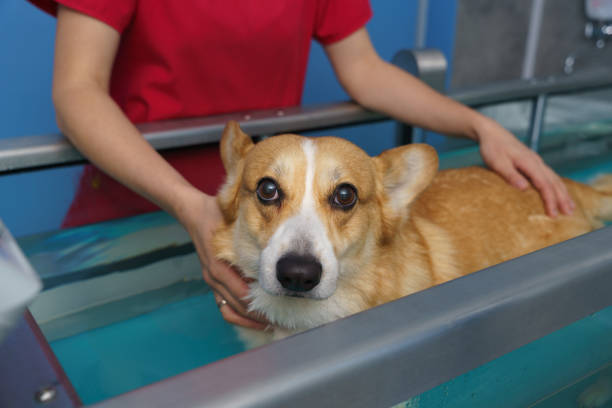Dog Grooming Services: What to Expect and How to Choose
Regular grooming supports a dog’s comfort, hygiene, and overall wellbeing. A professional grooming session typically includes brushing, bathing, nail trimming, ear cleaning, and coat trimming or styling depending on breed and owner preference. Understanding what grooms offer, how often to book appointments, and how grooming ties into animal health helps owners make informed decisions about care for their pets.

This article is for informational purposes only and should not be considered medical advice. Please consult a qualified healthcare professional for personalized guidance and treatment.
What does pet grooming include?
Pet grooming covers a range of grooming tasks beyond a simple bath. Common services include coat brushing and detangling, breed-specific clipping or scissoring, shampooing with suitable products, drying, nail trimming, ear inspection and cleaning, and sanitary trims. Some groomers also offer de-shedding treatments, flea or skin-care baths, and specialty services like teeth brushing. The exact package varies by facility and by whether the animal is a dog or cat, so ask for a full service list when comparing local services.
How often should a dog be groomed?
Frequency depends on the dog’s coat type, activity level, and health. Short-coated dogs may only need a bath and nail trim every 6–12 weeks, while long-haired or double-coated breeds often require brushing several times weekly and professional grooming every 4–8 weeks to prevent matting. Puppies may require more frequent early visits to acclimate them to handling. Regular at-home brushing between visits reduces shedding and helps spot skin issues early, which integrates grooming into routine animal care.
Can cat grooming be similar to dog grooming?
Cat grooming overlaps with dog grooming in areas like brushing, nail trims, and ear checks, but there are important differences. Cats are often more sensitive to handling and may need groomers experienced with feline behavior and stress reduction. Bathing cats is less common and usually reserved for medical or severe soiling cases; many cats benefit more from professional brushing or de-shedding. If you’re seeking grooming for a cat, verify the groomer’s experience with felines and whether they offer cat-specific services and handling techniques.
What should you look for in a groomer?
When choosing a groomer, look for clear communication about services, a clean facility, and staff trained in animal handling. Ask about experience with your pet’s breed, how they manage anxious or aggressive animals, and what equipment and shampoos they use. Reviews and referrals from local veterinarians or pet owners in your area can be helpful. Ensure policies for emergencies, grooming time estimates, and vaccination requirements are transparent. A professional groomer will discuss your pet’s specific needs and offer guidance on at-home maintenance.
How does grooming fit into broader animal care?
Grooming is a component of preventive animal care. Regular inspections during grooming can reveal lumps, parasites, skin infections, dental issues, or ear infections that may need veterinary attention. Proper nail length reduces risk of injury and walking discomfort; clean ears reduce infection risk. Grooming also supports behavioral and social needs—handling during grooming can help socialize young animals. Workshops or guidance from groomers can teach owners how to maintain coat health, which complements vaccinations, nutrition, and veterinary checkups in a holistic care plan.
Conclusion
Dog grooming services range from basic maintenance to specialized treatments that support hygiene and detect early health concerns. Understanding the kinds of services offered, appropriate grooming frequency for different coat types, and what to expect from groomers helps owners select a provider that fits their pet’s needs. Whether you manage regular brushing at home or schedule professional appointments, integrating grooming into your pet’s routine contributes to comfort, mobility, and overall animal care.






